I need help repairing a control board for a Bosch oven.
How it started: The oven would pop the fuse whenever it would be plugged in the socket -> short somewhere. I opened it and tested a few parts with my multimeter like heaters (2x), fans, lightbulb and all checked out fine (no short to ground.) After disconnecting piece by piece I narrowed it down to a control board.
The board itself did not show any signs of visible damage (blown parts) but a few components were suspicious. A power resistor (2 W I would guess) was measuring 150 Ω instead of the 1.5 Ω that was indicated by its color code (rings). Another was a Zener diode that was measuring s large resistance (unmeasurable by my multimeter) in both directions.
I desoldered both of them from the board and my plan to fix it is to just strip one of the many USB charger boards that I have lying around and use its 5 V output as a new power source. That is my approach because it would take me longer to get the proper parts ordered and with shipping it would be much more expensive. Please correct me if this is bad approach.
My real problem is to identify the "real" +/- (ground) points for the board. From what I gathered, the board is using a 5.1 V Zener diode as a voltage regulator. Please find the image of the board attached. Broken parts are desoldered.
Can you help me understand what would the ground be in this circuit? Because of the bridge rectifier, the circuit is not showing continuity with some parts that need ground and that is confusing me a lot.
Parts:
- Zener 1SMA5913BT3 5.1 V by Onsemi
- Electrolytic cap 25 V, 680 μF
- Resistor 2 W, 150 Ω
- Bridge rectifier (??) markings: 4 16G
EDIT: Whole board image is attached.
EDIT2: Front picture of the board added.
Thank you all for you input! I think I've found the problem when trying to test the relays' actuation. The problem seems to be with the flyback diodes that protect the relays. Both of them show a very low voltage of around ~0.07 V in both directions. I will replace them and test the relay actuation again.


